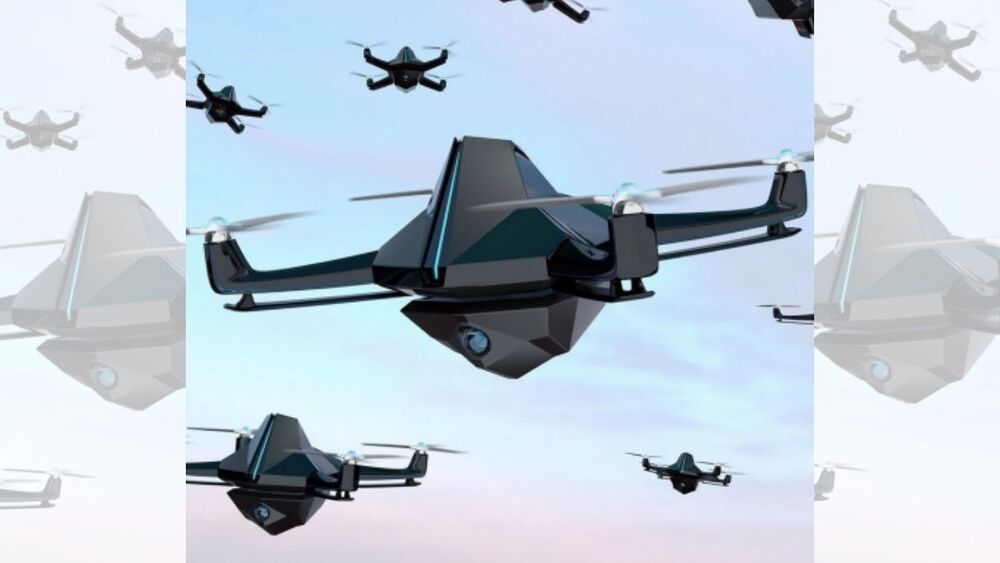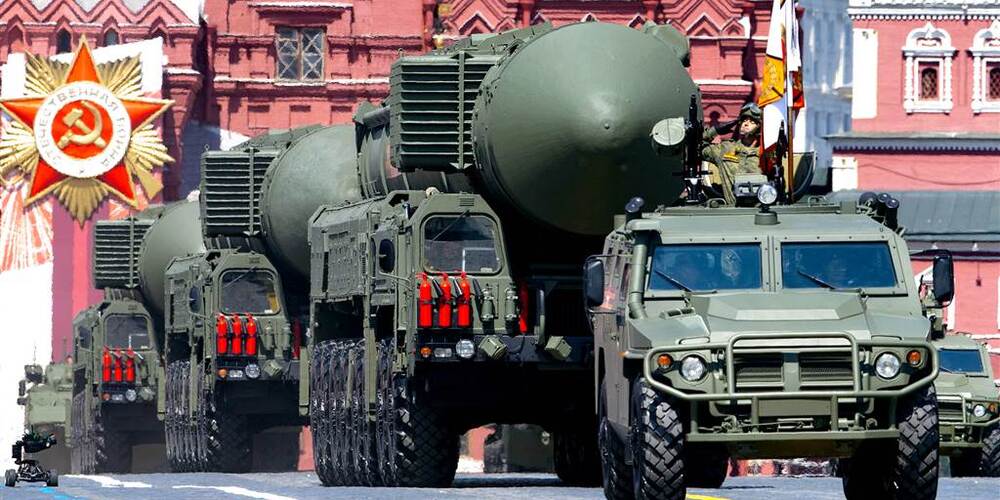Is this the end of manned fighter planes? 🙂
“The F-35” would have no chance” against a “drone fighter plane that’s remote controlled by a human.”


The Treaty on the Prohibition of Nuclear Weapons represents a refusal to live forever under this nuclear shadow. It reflects a belief that the status quo represents a grave inequity, in which nuclear costs are imposed upon all, while the benefits of nuclear arms accrue to the few states privileged to possess them.

Facilitating Novel Health-Tech and Bio-Medical Innovations For Over 9 Million Veterans — Dr. Rachel Ramoni, Chief of R&D, U.S. Department of Veterans Affairs.
Dr. Rachel Ramoni, is the Chief Research and Development Officer of the United States Department of Veterans Affairs (VA), where she oversees their nationwide research enterprise, encompassing some 2000 active projects, at more than 100 sites, with a total budget of $2 billion in both direct VA support, and research funding from outside entities such as the National Institutes of Health, other federal agencies, and nonprofit and private organizations.
The United States Department of Veterans Affairs (VA) is a federal Cabinet-level agency that provides comprehensive healthcare services to military veterans at over 1000 VA medical centers and outpatient clinics located throughout the US – It also provides several non-healthcare benefits including disability compensation, vocational rehabilitation, education assistance, home loans, and life insurance; and provides burial and memorial benefits to eligible veterans and family members.
The VA serves over 9 million enrolled Veterans each year, employs over 377000 people with an annual budget of $200 billion.
Dr. Ramoni earned a Doctor of Medicine in Dentistry degree from the Harvard School of Dental Medicine, as well as a Master of Science and Doctor of Science in epidemiology from the Harvard School of Public Health.



Beyond AI-powered weapons, the panel’s lengthy report recommended use of AI by intelligence agencies to streamline data gathering and review; $32 billion in annual federal funding for AI research; and new bodies including a digital corps modeled after the army’s Medical Corps and a technology competitiveness council chaired by the U.S. vice president.
The United States should not agree to ban the use or development of autonomous weapons powered by artificial intelligence (AI) software, a government-appointed panel said in a draft report for Congress.
If the U.S. and China ever come to blows, this vessel will play a big part in the battle.
The U.S. Marine Corps is taking a completely new tack to providing fire support during amphibious landings: unmanned boats stocked full of suicide drones.
The shipbuilder Metal Shark has announced it’s building a new type of unmanned surface vessel, which the Marines plan to equip with loitering munitions. Such a boat would act as a mobile fire support platform, servicing calls for fire with salvos of drones equipped with explosive charges.

Defiant X can fly twice as far and fast as the greatest helo ever.
The Lockheed Martin-owned Sikorsky and Boeing have rolled out the final specs of their new helicopter, one of two candidates that will replace the U.S. Army’s iconic UH-60 Black Hawk. The Defiant X isn’t just meant to replace the Black Hawk, but also fly up to twice as fast and twice as far, giving Army air assault forces an unparalleled battlefield mobility.